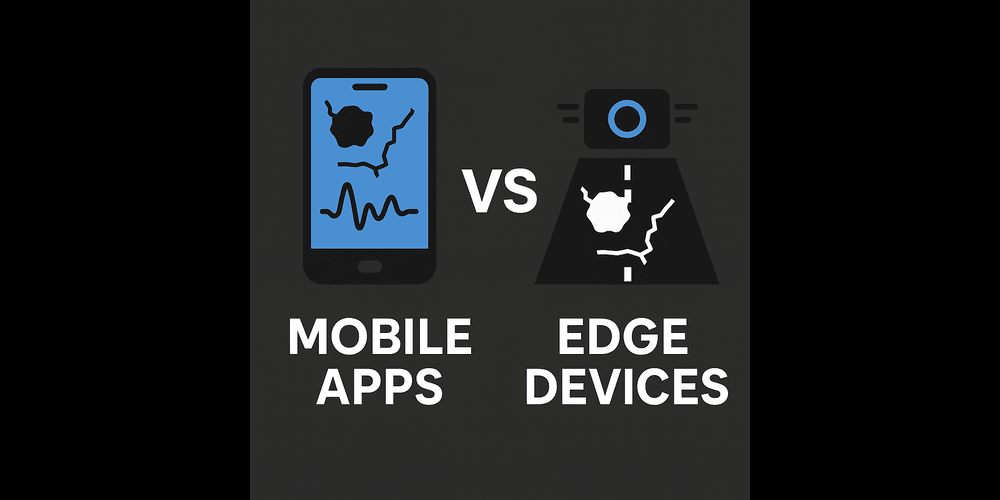
Road Safety July 23, 2025
Why Most Mobile App Based Road Monitoring Companies Are a Joke
Let’s get straight to the point: if a company is offering mobile apps for road defect detection and IRI measurement and trying to sell it as a serious infrastructure solution, they’re either clueless or deliberately misleading you. These solutions are not just unreliable, many of the times they're technologically immature, operationally inconsistent, and completely unfit for real-world deployment at scale.
This isn’t a matter of opinion. It’s engineering fact.
The Harsh Reality of Smartphone-Based Road Monitoring
Many of these app providers promise to “detect potholes or cracks using your phone camera” or “calculate road roughness with your phone sensors.” Sounds innovative, right?
It’s not. Here’s why these claims fall apart the moment you apply critical thinking and technical scrutiny.
1. Uncalibrated Sensors = Garbage Data
Smartphones are consumer gadgets. Their IMUs (accelerometers, gyros) are:
- Not calibrated for engineering-grade vibration measurement
- Highly sensitive to mounting angles, positions, and even phone models
- Easily influenced by suspension type, tire wear, and driving style.
Expecting reliable IRI (International Roughness Index) from a random smartphone in a moving car is like expecting a restaurant review from a microwave oven. The data is so noisy and inconsistent that it borders on worthless.
2. Unstable Camera Input + Limited Optics
Let’s assume they also use the phone’s camera for defect detection. Here's the joke:
- Phone mounting is inconsistent (windshield, dash, vibrating cup holder).
- No standard field of view, no image stabilization, and no optical depth.
- Poor performance under low light, motion blur, and road debris.
In short, you're trying to do computer vision on a selfie camera while driving at 60 km/h over speed bumps. What could possibly go wrong?
3. Zero Ground Truth. Zero Accountability.
The outputs these apps provide (e.g., “pothole detected” or “IRI: 2.8 m/km”) have:
- No correlation with standardized, validated measurements,
- No way to verify ground truth,
- No reproducibility across devices or drivers.
So, when they promise “actionable insights,” what they really mean is: vague guesses wrapped in a fancy UI.
4. Lack of Precision = Zero ROI
Let’s talk business. Road maintenance is a billions-dollar domain. Contractors, municipalities, and transport ministries need:
- Precise geo-tagging
- Repeatable metrics
- Quantifiable defect severity
- Compliance with ISO, ASTM, or AASHTO standards
Mobile apps provide none of that. Which means any data they generate:
- Cannot be used for funding decisions,
- Cannot be used for contractor billing or audits,
- Cannot be defended in litigation or insurance claims.
Where’s the ROI in that? It’s data theater—flashy, but functionally useless.
5. AI ≠ Magic Wand
Some of these startups throw in “AI” to sound serious. Let’s be clear:
- AI needs quality input, controlled data, and structured training.
- Feeding it blurry, shaky, non-standard smartphone footage is a fast-track to model failure.
You’re not doing edge AI. You’re doing edge-of-a-disaster PR stunts.
Real Solutions Use Edge AI and Industrial-Grade Systems
Professionals know better. Actual road monitoring systems use:
- Fixed, calibrated camera systems (downward-facing, stabilized),
- High-frame-rate imaging with HDR,
- Sensor fusion (industrial IMUs + LiDAR + RTK GPS),
- Trained deep learning models deployed on real-time edge devices (e.g., NVIDIA Jetson, Coral TPU),
- And are validated against ground-truth survey data and regulatory standards.
These systems are trusted by governments, highway authorities, and international contractors—because they deliver consistent, auditable, and defensible data.
Serious Roads Deserve Serious Tech
Companies selling road maintenance apps built on smartphones are not solving the problem. They're selling gimmicks to uninformed buyers.
If you’re a city, contractor, or ministry relying on such a tool, you're not just wasting money—you’re making infrastructure decisions based on illusions.
Until these companies grow up and build real hardware with real vision intelligence, they’ll remain what they are: a joke in the serious business of infrastructure.
Don’t fall for shortcuts. Roads shape economies. Use tech that respects that responsibility.
POPULAR
-
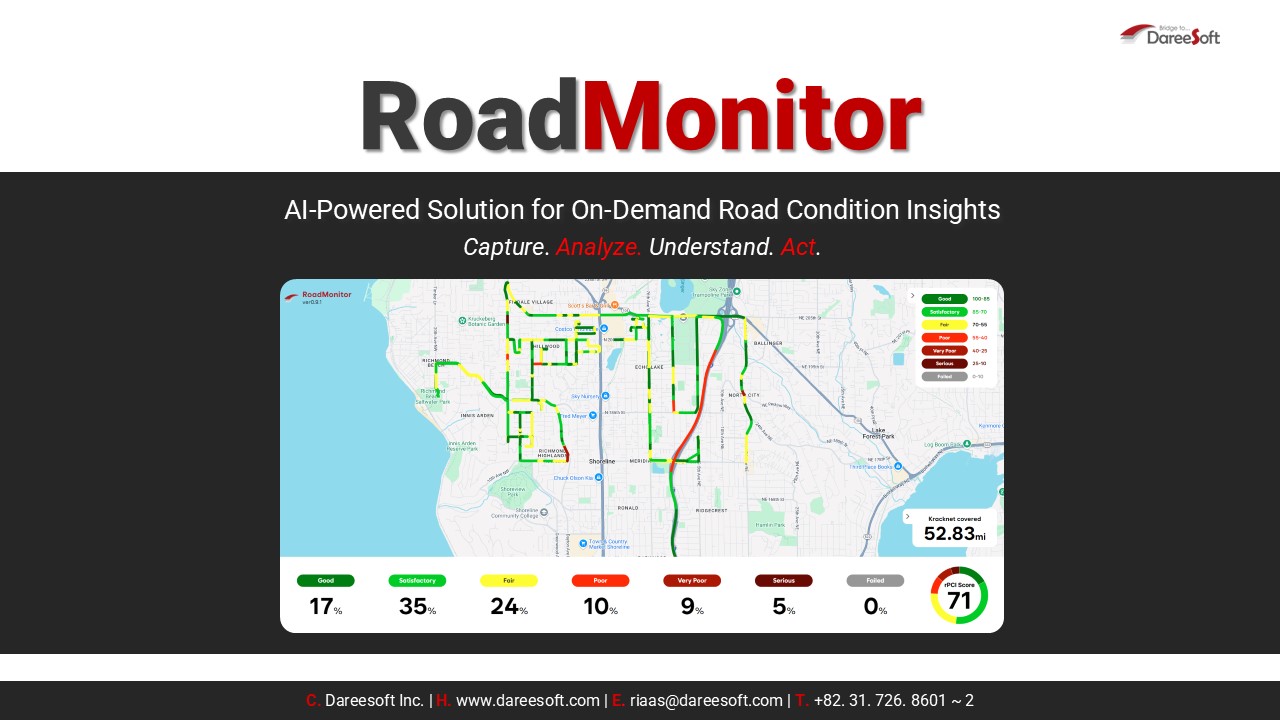 How Dareesoft’s AI-Powered Road Monitor is Transforming Road Maintenance and Urban Infrastructure
How Dareesoft’s AI-Powered Road Monitor is Transforming Road Maintenance and Urban Infrastructure -
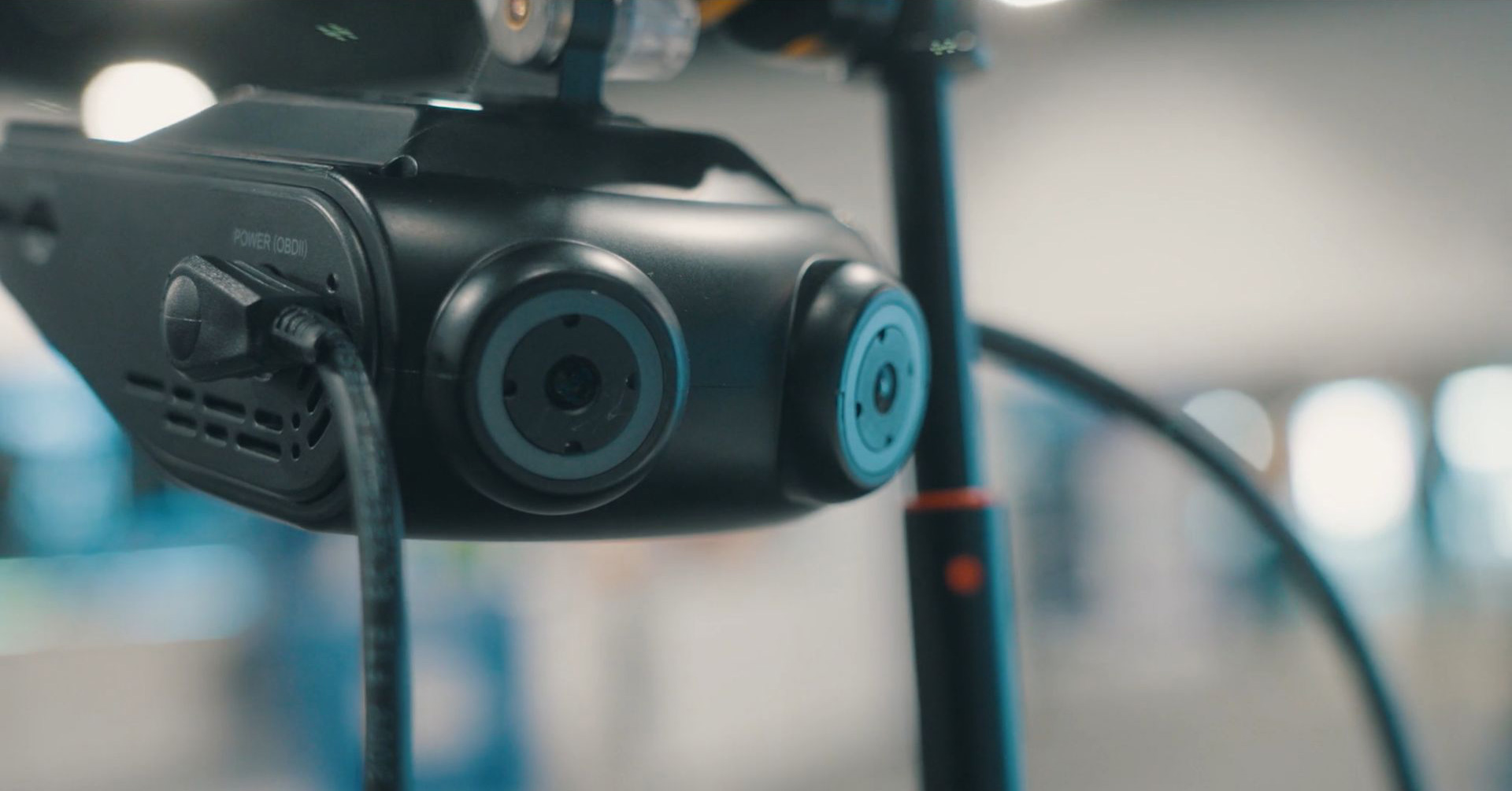 Convert Your Roads into Next Generation Roads with RiaaS
Convert Your Roads into Next Generation Roads with RiaaS -
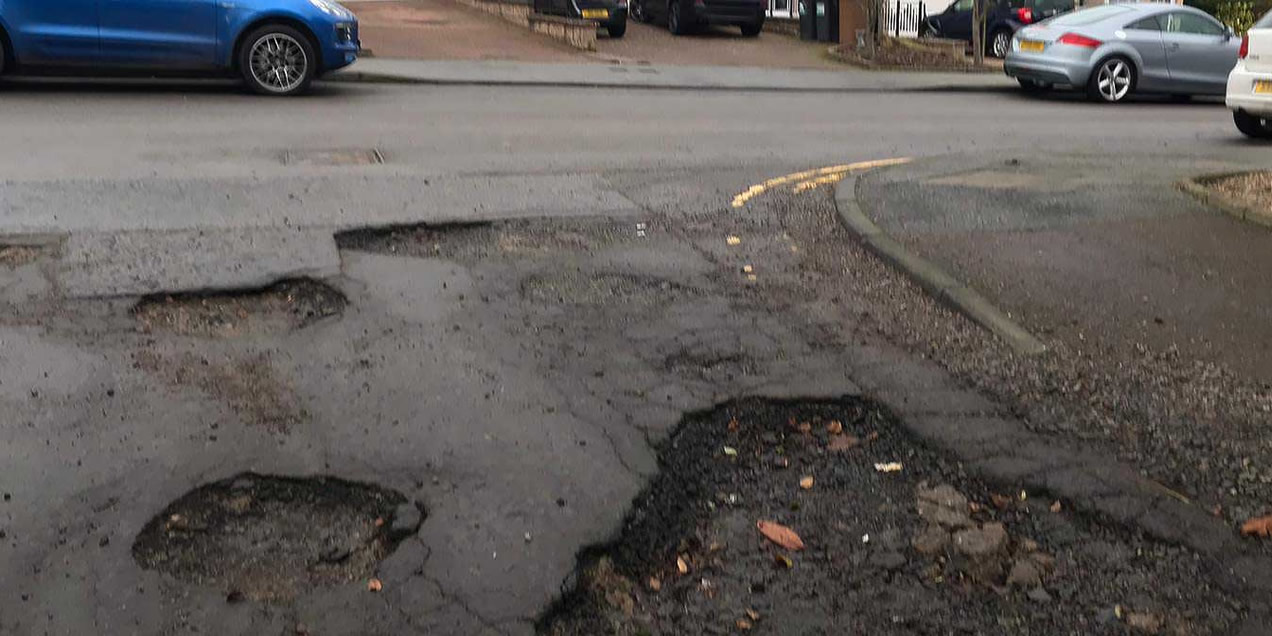 Are you a City Manager tired of finding Potholes? Try RiaaS, the AI powered technology which is disrupting the market?
Are you a City Manager tired of finding Potholes? Try RiaaS, the AI powered technology which is disrupting the market? -
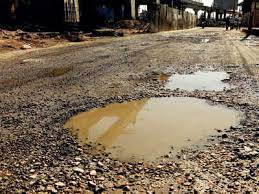 𝗖𝗮𝗻 𝗗𝗮𝗿𝗲𝗲𝘀𝗼𝗳𝘁 S𝗼𝗹𝘃𝗲 𝗕𝗲𝗻𝗴𝗮𝗹𝘂𝗿𝘂'𝘀 "𝗣𝗼𝘁𝗵𝗼𝗹𝗲 𝗣𝗿𝗼𝗯𝗹𝗲𝗺" T𝗵𝗿𝗼𝘂𝗴𝗵 𝗔𝗜?
𝗖𝗮𝗻 𝗗𝗮𝗿𝗲𝗲𝘀𝗼𝗳𝘁 S𝗼𝗹𝘃𝗲 𝗕𝗲𝗻𝗴𝗮𝗹𝘂𝗿𝘂'𝘀 "𝗣𝗼𝘁𝗵𝗼𝗹𝗲 𝗣𝗿𝗼𝗯𝗹𝗲𝗺" T𝗵𝗿𝗼𝘂𝗴𝗵 𝗔𝗜?
